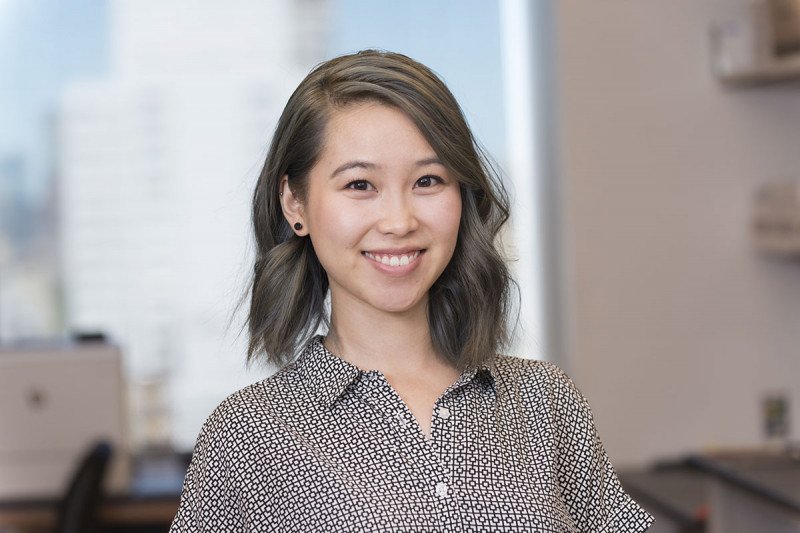
Ashley Chui
When and how did you first become interested in science?
I was in the fourth grade in science class, and the lesson was about the structure and makeup of a cell. I remember vividly being so excited to finally understand and visualize the contents of a cell by building a model of a cell in a Ziploc bag, with a golf ball as the nucleus, construction paper cut into tiny circles as the ribosomes, and hair gel for the cytoplasm. As a person who learns best visually, I was fascinated to see just how many components there are to a cell.
Was there someone along the way who nurtured your interest in science?
My undergraduate research adviser was the first scientific role model I was introduced to. He taught me how to dissect research articles, maintain good technical skills in the lab, and communicate my research according to the audience. Whatever strong scientific foundation I had coming into graduate school is due in part to his mentorship and him leading by example.
When you look back at your career 25 years from now, what do you hope to say about it?
I want to say that I had so much fun connecting with other scientists through our love of learning, discovery, and pure curiosity — all while doing great research and advancing our understanding of science.
What do you always try to find time for outside of the lab?
Cooking! Not only do I get to eat amazing food (and have seconds, or thirds!) but it also allows me to be creative by adjusting flavors and producing new dishes with the ingredients I already have.
What would you tell your younger self about the scientific life?
As with anything in life, there will be ups and downs in science. But I’m learning that the scientific life is rewarding even in the disappointments because I’m gaining resilience in the long term. That resilience will carry me through the disappointments and make the discoveries and victories that much sweeter.



